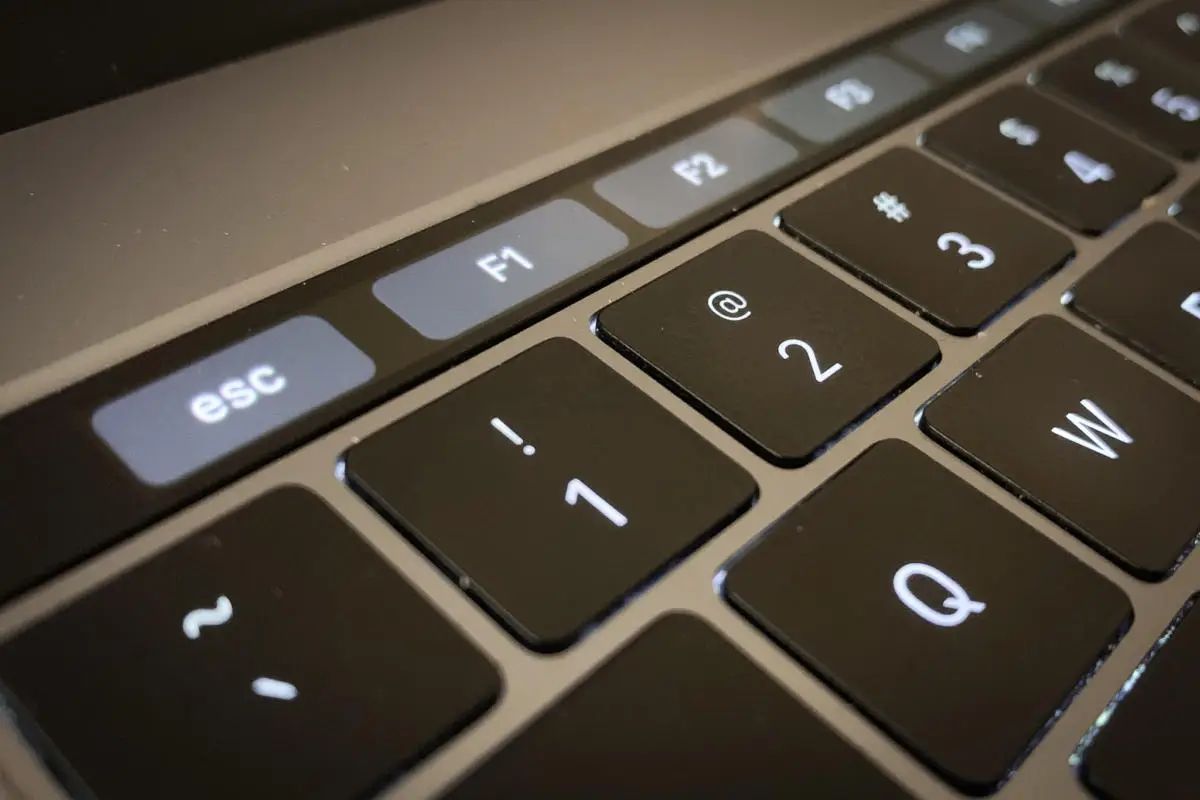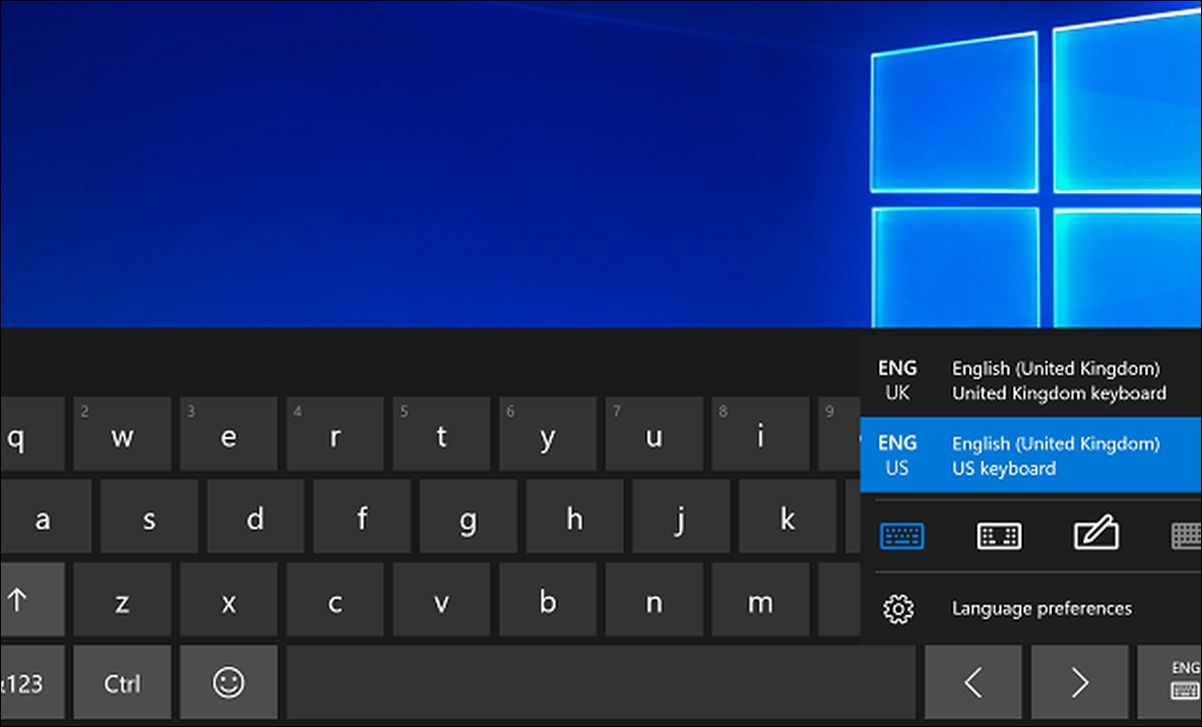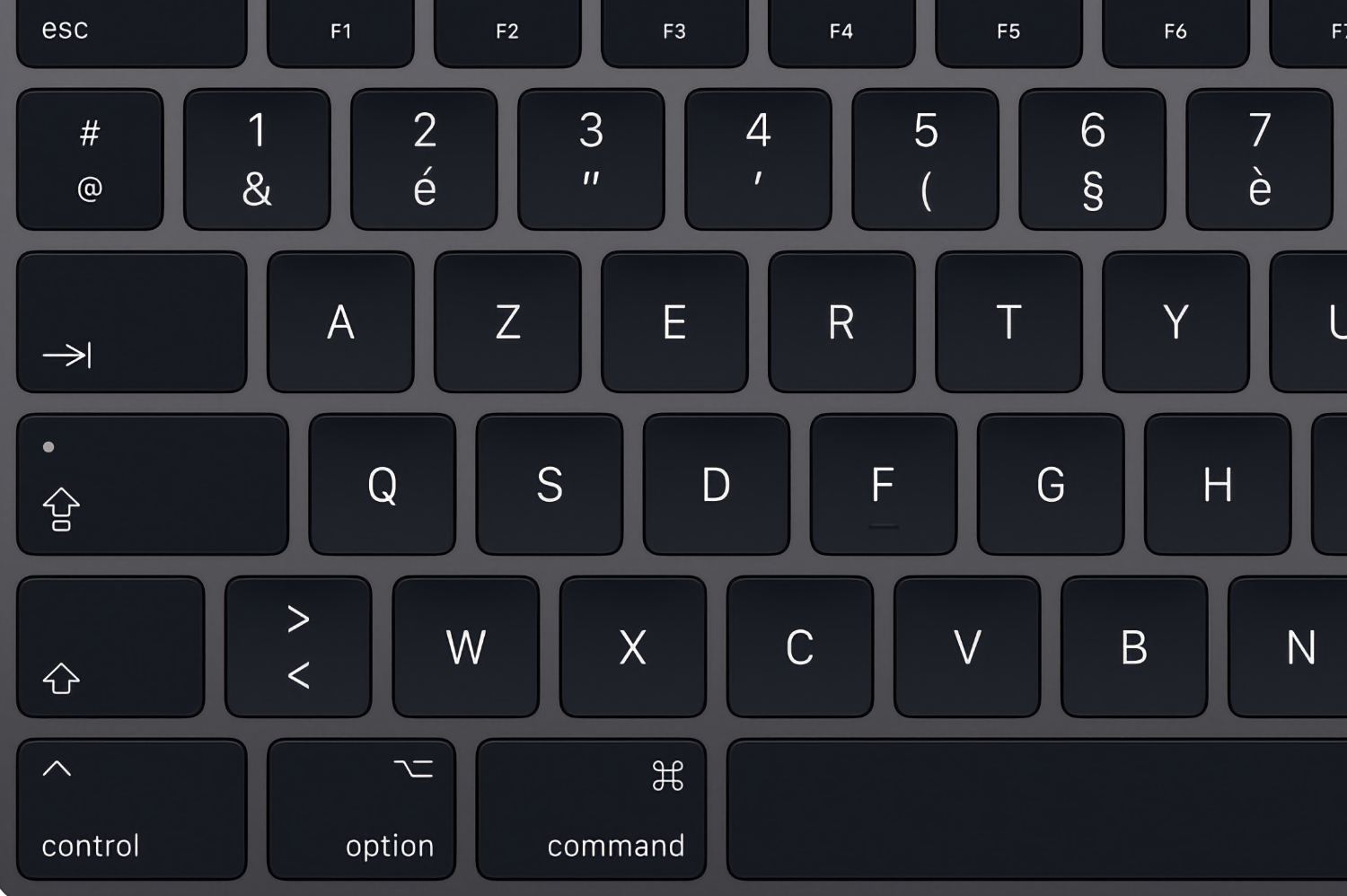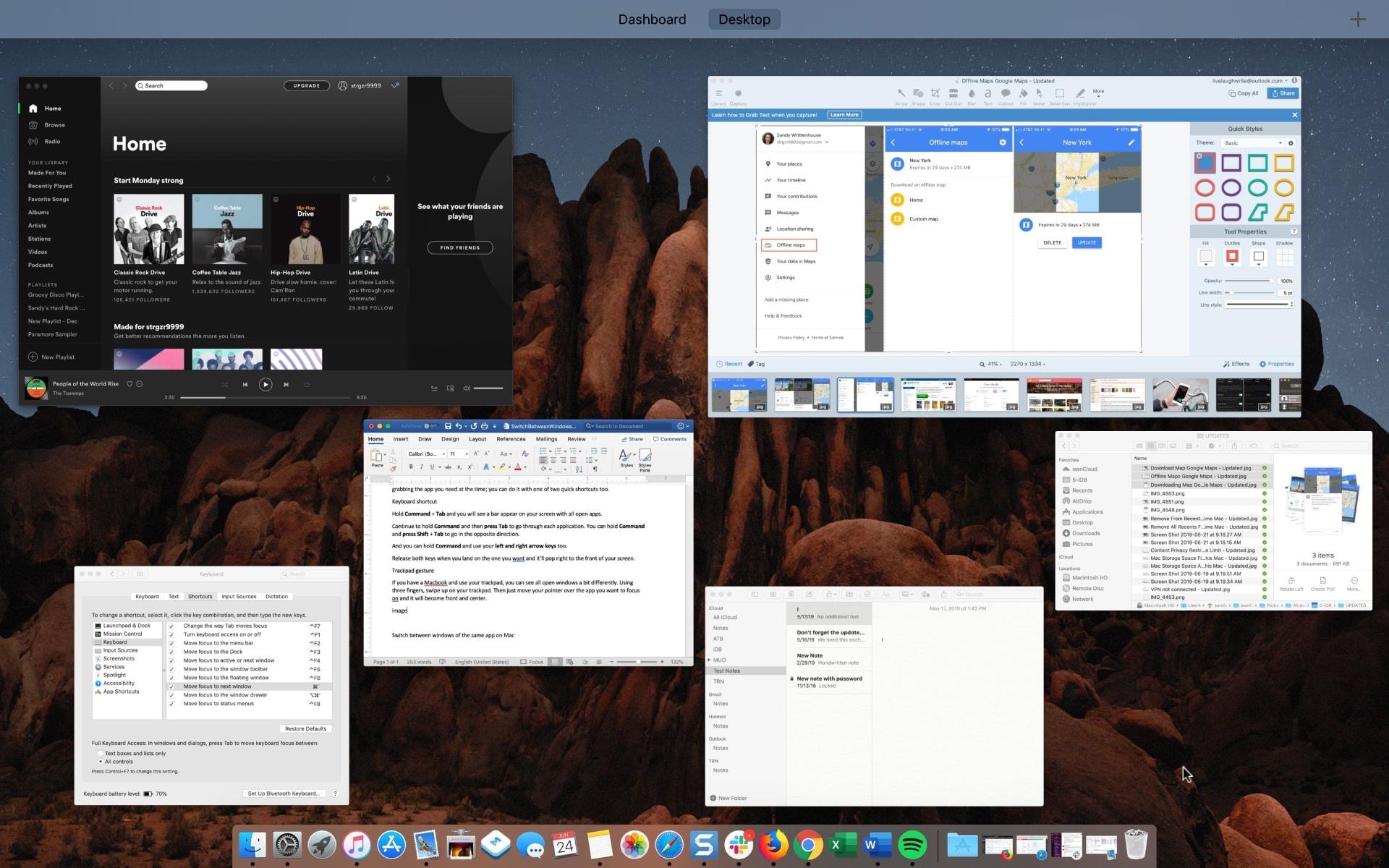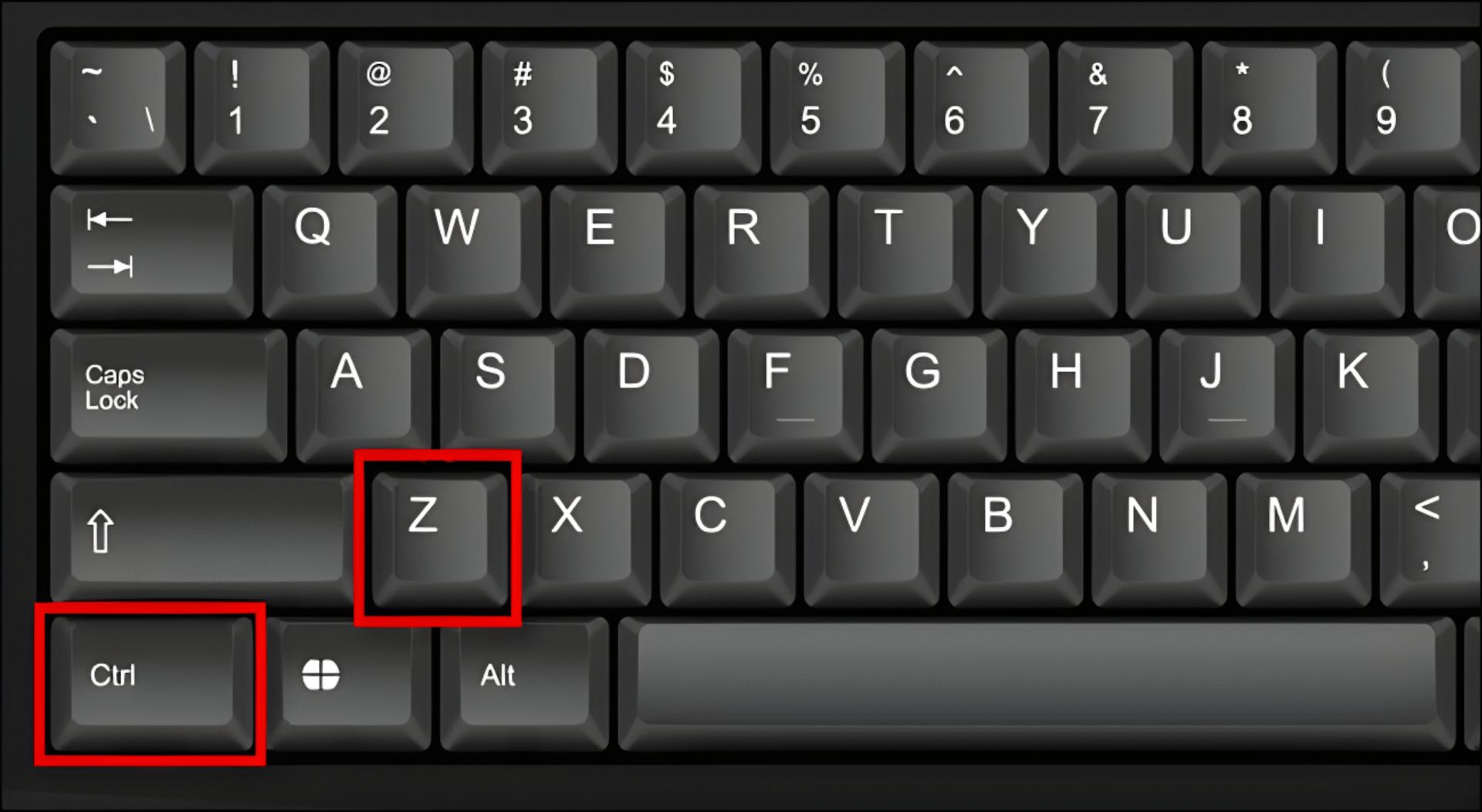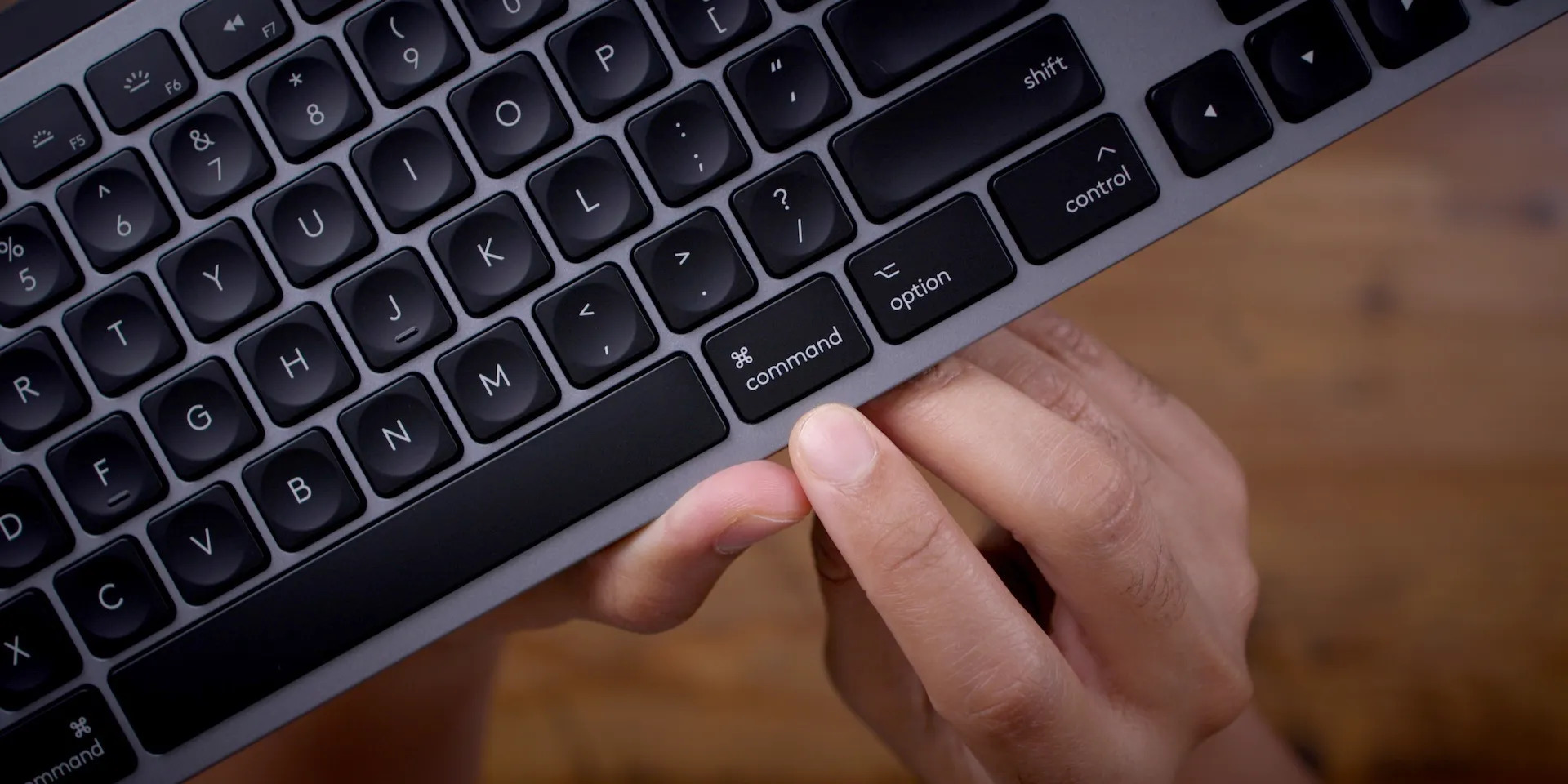Introduction
Keyboard shortcuts are a valuable tool for Mac users, allowing them to perform tasks quickly and efficiently. These shortcuts can save precious time and streamline workflows, making them an essential aspect of the Mac experience. However, sometimes the default keyboard shortcuts may not align with a user’s preferences or workflow.
In this article, we will explore how to change keyboard shortcuts on your Mac, empowering you to customize them to suit your needs. Whether you want to modify the built-in shortcuts for macOS apps or create custom shortcuts for third-party applications, we’ve got you covered.
By altering keyboard shortcuts, you can optimize your productivity and tailor your Mac’s functionalities to align with your personal preferences. Whether you’re a power user who craves efficiency or someone who prefers a more personalized experience, being able to change keyboard shortcuts can enhance your user experience.
Throughout this guide, we will walk you through the steps necessary to modify keyboard shortcuts for both native macOS apps and third-party applications. We’ll also cover the process of creating custom shortcuts from scratch, giving you the flexibility to design your own optimized shortcuts.
It’s worth noting that customizing keyboard shortcuts may require a bit of trial and error to find the perfect settings for your needs. We will also provide troubleshooting tips and address common issues that may arise during the customization process.
So, whether you’re frustrated with the default shortcuts or simply looking to fine-tune your Mac experience, let’s dive into the world of keyboard shortcut customization and unlock a whole new level of productivity and personalization on your Mac.
Identifying the Keyboard Shortcut You Want to Change
Before you can change a keyboard shortcut, you need to identify the specific shortcut you want to modify. This involves finding out the exact combination of keys that triggers the function you wish to change. Here’s how you can go about it:
1. Observe and Experiment: Pay attention to the actions you perform frequently on your Mac and try to identify the associated keyboard shortcuts. For example, if you often use Command + C to copy text, or Command + V to paste, these are common shortcuts to look out for.
2. Reference the App’s Menus: Many applications display their keyboard shortcuts next to the corresponding menu options. Look for menu items with underlined letters—indicating that a shortcut is assigned. Simply open the menu and take note of the shortcut displayed next to the command you are interested in modifying.
3. Utilize the Help Menu: The Help menu in most apps often provides information about keyboard shortcuts. Look for an option like “Keyboard Shortcuts” or “Keyboard Commands” in the Help menu, which can provide you with a comprehensive list of shortcuts specific to that application.
4. Check the App’s Preferences: Some applications allow users to customize their keyboard shortcuts within their settings or preferences. This can be an easy way to find out what shortcuts are currently assigned and make changes accordingly.
Once you have identified the keyboard shortcut you want to change, you are ready to move on to the next step: accessing the Keyboard Shortcuts settings on your Mac.
Accessing Keyboard Shortcuts in System Preferences
In order to change keyboard shortcuts on your Mac, you will need to access the Keyboard Shortcuts settings in System Preferences. Follow these steps to get there:
1. Click on the Apple menu in the top-left corner of your screen and select “System Preferences” from the dropdown menu.
2. In the System Preferences window, locate and click on the “Keyboard” icon. This will take you to the keyboard settings.
3. Within the Keyboard settings, click on the “Shortcuts” tab at the top of the window. This is where you can view and modify the default keyboard shortcuts.
4. Once you are in the Shortcuts tab, you will see a list of categories on the left-hand side, such as “App Shortcuts,” “Mission Control,” “Spotlight,” and more. These categories represent different areas of your Mac where you can modify shortcuts.
5. Select the category that corresponds to the application or feature for which you want to change the keyboard shortcut. For example, if you want to modify a shortcut related to the Finder app, click on “App Shortcuts.”
6. Within the selected category, you will see a list of available shortcuts on the right-hand side of the window. Scroll through the list to find the specific shortcut you want to change.
7. To modify a shortcut, simply click on it and then click on the existing key combination next to it. You can now enter the new key combination that you want to assign to the shortcut.
8. Repeat this process for any other shortcuts you wish to change within the selected category.
9. Once you have made your desired changes, close the System Preferences window, and your new keyboard shortcuts will take effect.
It’s important to note that the availability of keyboard shortcuts may vary depending on the application or feature you are modifying. Some applications may not allow certain shortcuts to be changed, while others may have a wide range of customizable options.
Now that you know how to access the Keyboard Shortcuts settings in System Preferences, let’s move on to the next sections where we will explore how to change keyboard shortcuts for both built-in macOS apps and third-party applications.
Changing Keyboard Shortcuts for Built-in macOS Apps
MacOS comes with a suite of built-in apps that cover a wide range of functionalities, from productivity to entertainment. Fortunately, you can customize the keyboard shortcuts for these apps to align with your preferences. Here’s how:
1. Follow the steps outlined in the previous section to access the Keyboard Shortcuts settings in System Preferences.
2. In the Shortcuts tab, select the “App Shortcuts” category on the left-hand side of the window.
3. On the right-hand side, you will see a list of built-in macOS apps, such as Finder, Safari, Mail, and more. Click on the app for which you want to change the keyboard shortcut.
4. Expand the app’s category by clicking on the disclosure triangle next to its name. This will reveal a list of specific actions and commands within that app.
5. Find the action or command for which you want to modify the keyboard shortcut. Click on it to select it.
6. Next to the selected action or command, you will see the existing keyboard shortcut assigned to it. Click on this field to edit the shortcut.
7. Enter the new key combination that you want to assign to the shortcut. Make sure it is not already in use by another command or conflicting system function.
8. Repeat this process for any other shortcuts you wish to change within the selected app category.
9. Once you have made your desired changes, close the System Preferences window, and the new keyboard shortcuts will take effect within the respective built-in macOS app.
You can modify the shortcuts for as many or as few built-in apps as you like, tailoring them to fit your workflow and personal preferences. This level of customization can significantly improve your efficiency and make using your Mac a more seamless and intuitive experience.
Now that you know how to change keyboard shortcuts for built-in macOS apps, let’s explore how to modify shortcuts for third-party applications in the next section.
Changing Keyboard Shortcuts for Third-Party Apps
In addition to the built-in macOS apps, you can also customize keyboard shortcuts for third-party applications installed on your Mac. While the process may vary slightly depending on the app, here is a general guide to help you modify shortcuts for third-party apps:
1. Launch the third-party app for which you want to change the keyboard shortcut.
2. Look for a menu option that corresponds to the action or command you wish to modify. It is usually located in the app’s menu bar at the top of the screen.
3. Click on the menu option and navigate to its submenu, where you may find the existing keyboard shortcut listed next to it. Take note of this shortcut for reference.
4. To modify the keyboard shortcut, go to the app’s preferences or settings. This can typically be accessed by clicking on the app’s name in the menu bar and selecting “Preferences” or a similar option.
5. Locate the section or tab within the preferences that pertains to keyboard shortcuts. This could be named “Shortcuts,” “Keyboard,” or something similar.
6. In the keyboard shortcuts settings, find the action or command you want to modify and click on it to select it.
7. Edit the existing keyboard shortcut by clicking on it and entering the new key combination you wish to assign. Make sure the new shortcut does not conflict with any existing shortcuts or system functions.
8. Save the changes and close the preferences window. The new keyboard shortcut will now be in effect for the selected third-party app.
It’s important to note that not all third-party apps may provide the option to modify keyboard shortcuts within their settings. In such cases, you may need to rely on the default shortcuts provided by the app.
Remember, the process may vary slightly depending on the app you are working with. It’s always a good idea to consult the app’s documentation or support resources for specific instructions on modifying keyboard shortcuts.
Now that you know how to change keyboard shortcuts for third-party apps, let’s explore how to create custom keyboard shortcuts in the next section.
Creating Custom Keyboard Shortcuts
If the predefined keyboard shortcuts or modified shortcuts in built-in macOS apps or third-party apps don’t meet your needs, you have the option to create custom keyboard shortcuts. This allows you to assign specific key combinations to perform actions or commands of your choice. Here’s how you can do it:
1. Access the Keyboard Shortcuts settings in System Preferences following the steps described earlier.
2. In the Shortcuts tab, select the “App Shortcuts” category. This category allows you to create custom shortcuts for specific apps.
3. Click on the “+” (plus) button located below the right-hand list of shortcuts. This will open a new window.
4. In the new window, select the application for which you want to create a custom shortcut from the “Application” dropdown menu. If the desired app is not in the list, choose “All Applications” to create a system-wide shortcut.
5. In the “Menu Title” field, type the exact name of the menu command for which you want to create a custom shortcut. Make sure to enter it exactly as it appears in the app’s menu.
6. Click on the “Keyboard Shortcut” field and press the key combination you want to assign to the custom shortcut. Ensure that the combination is not already in use by another command or system function.
7. After entering the keyboard shortcut, click “Add” to save the custom shortcut.
8. Repeat this process to create additional custom shortcuts for different applications and menu commands.
9. Close the System Preferences window, and your custom keyboard shortcuts will be active for the designated apps and commands.
Creating custom keyboard shortcuts gives you the flexibility to streamline your workflow, access specific commands more efficiently, and personalize your Mac experience according to your preferences.
Remember that custom shortcuts can be created not only for application-specific commands but also for system-wide actions such as managing windows, accessing the menu bar, controlling media playback, and more.
Now that you know how to create custom keyboard shortcuts, let’s move on to the next section where we will address potential troubleshooting issues and common challenges users may encounter.
Troubleshooting and Common Issues
While changing keyboard shortcuts on your Mac is generally a straightforward process, there may be times when you encounter issues or face common challenges. Here are some troubleshooting tips to help you overcome potential difficulties:
1. Conflicting Shortcuts: If you find that a new shortcut you’ve assigned doesn’t work as expected or triggers a different action, it’s possible that the shortcut conflicts with another command or system function. Double-check your shortcuts to ensure there are no conflicts and modify them accordingly.
2. App-Specific Limitations: Keep in mind that some apps may have limitations on which shortcuts can be modified. If you’re unable to change a specific shortcut in a third-party app, it’s possible that the app simply does not allow customization for that particular command.
3. App Refresh or Restart: If you’ve made changes to the shortcuts, but they’re not taking effect, try closing and reopening the respective apps. Alternatively, you can log out and log back in to your user account to refresh the system and activate the new shortcuts.
4. Updating macOS: In some cases, outdated versions of macOS may cause conflicts or issues with customized keyboard shortcuts. Ensure that your Mac is up to date by checking for available software updates through the Apple menu and installing any necessary updates.
5. Resetting Default Shortcuts: If you’ve made numerous changes to the keyboard shortcuts and want to revert back to the default settings, you can do so by opening the Keyboard Shortcuts settings and clicking the “Restore Defaults” button. This will reset all shortcuts back to their original configurations.
6. Third-Party Shortcut Apps: If you’re using a third-party application that manages keyboard shortcuts, such as BetterTouchTool or Keyboard Maestro, conflicts may arise. Check the settings of these apps to ensure they’re not interfering with your desired customizations.
Remember, keyboard shortcuts offer a great deal of flexibility, but it’s essential to consider the limitations and potential conflicts that may arise when modifying them. If you encounter persistent issues, consult the documentation or support resources provided by the application developer for further assistance.
With these troubleshooting tips in mind, you’re well-equipped to overcome any challenges that may arise while changing keyboard shortcuts on your Mac.
Conclusion
Customizing keyboard shortcuts on your Mac is a powerful way to enhance productivity and tailor your user experience to suit your preferences. Whether you modify the built-in shortcuts of macOS apps, change shortcuts for third-party applications, or create custom shortcuts from scratch, you have the flexibility to optimize your workflow and streamline your tasks.
In this guide, we explored the process of identifying the keyboard shortcuts you want to change and accessing the Keyboard Shortcuts settings in System Preferences. We also discussed how to modify shortcuts for both built-in macOS apps and third-party applications, along with creating custom shortcuts.
Remember to identify the specific shortcuts you wish to modify, observe app menus and preferences, and refer to the Help menu for guidance. Accessing the Keyboard Shortcuts settings in System Preferences allows you to make changes to the default shortcuts for various categories and applications.
If you encounter any issues or conflicts, remember to troubleshoot by checking for conflicting shortcuts, refreshing or restarting apps, updating your macOS version, or considering the limitations of certain apps. Restoring default shortcuts is also an option if you need to revert back to the original configurations.
By taking advantage of the ability to customize keyboard shortcuts, you can unleash the full potential of your Mac and optimize your efficiency. Whether you’re a power user who relies on shortcuts for seamless navigation or simply prefer a personalized experience, modifying keyboard shortcuts empowers you to tailor your Mac to your unique needs.
So go ahead, dive into the world of keyboard shortcut customization, and unlock a whole new level of productivity and personalization on your Mac. Experiment, fine-tune, and enjoy a more efficient and personalized user experience that suits your workflow like never before.







